5 Steps to Your Best Year Yet
Posted on January 21, 2010 by Debra Burdick
 It is always exciting to see how current brain research and brain imaging techniques prove why psychological and spiritual techniques work in our lives.
It is always exciting to see how current brain research and brain imaging techniques prove why psychological and spiritual techniques work in our lives.
This is an extremely powerful finding that when used positively can help us create what we want in our lives.
When used the way most of us do, unconsciously, we don’t make the best use of it. We often spend most of our time thinking about what we don’t want. This creates a brain response of what we don’t want and keeps us stuck there. We can change this by deliberately thinking about what we do want even if it hasn’t shown up in our lives yet.
Here are seven steps to put this to work in your own life.
Use them to figure out what your best year yet will look like and then to create it.
Step 1: Decide what you want.
 In order to get more of what you want in your life, you first need to figure out what you want. There is a saying ‘you can’t make a dream come true if you don’t have a dream’. You most likely already know what you don’t want. And knowing what you don’t want helps you decide what you do want. If your child is disrespectful to you, you know you want them to be respectful. If you have been in a difficult relationship, you learned what didn’t work well for you and what you would rather have in your relationship. If you feel sad, you feel the desire to feel happy. If you have a tough time paying your bills, you know that you would like to have enough money to pay everything easily. If you are shy and awkward in social situations, you know you would like to feel more comfortable around people. If you see a house that you think is ugly, this helps you sort out what type of house you do like. Through this process you discern what you do want.
In order to get more of what you want in your life, you first need to figure out what you want. There is a saying ‘you can’t make a dream come true if you don’t have a dream’. You most likely already know what you don’t want. And knowing what you don’t want helps you decide what you do want. If your child is disrespectful to you, you know you want them to be respectful. If you have been in a difficult relationship, you learned what didn’t work well for you and what you would rather have in your relationship. If you feel sad, you feel the desire to feel happy. If you have a tough time paying your bills, you know that you would like to have enough money to pay everything easily. If you are shy and awkward in social situations, you know you would like to feel more comfortable around people. If you see a house that you think is ugly, this helps you sort out what type of house you do like. Through this process you discern what you do want.
Rather than being upset by the things you don’t want or don’t like about your life, use these things as data to help you decide what you do want.
Then you can start to form an image in your mind of what you would like in your life.
Write a list of things you have decided you want in your life.
It may be helpful to first write a list of the things you don’t want and use this as a springboard to create the list of things you do want.
Step 2: Set your intention. An intention in this case is what you want in your life and what you plan to do to get it.
The act of defining your New Year’s resolutions is an example of actually setting your intention for creating what you want for the new year. Wayne Dyer describes intention as an invisible energy field that is inherent in all physical form and that we can feel, connect with, know and trust. It is an inner awareness.
Now that you know what you want from Step 1, set your intention to attract it into your life.
The first step in attracting it into your life is to imagine it in your mind. Close your eyes and imagine that you already have the thing that you want. See it in every detail.
Most importantly feel how you would feel if you already had it.
If you want a well behaved child, close your eyes and imagine your child behaving well. Talk out loud to yourself about how you feel when your child behaves well.
If you want to be healthier, close your eyes and imagine your body being completely well.
Say out loud how you feel when your body is comfortable, how it feels to experience complete well-being, how much you love feeling good every day, what it feels like to have lots of energy, to sleep well, to know your body is doing exactly what it was designed to do. Use what Herbert Benson calls ‘remembered wellness’ to remember how it felt when you did feel well. Feel it. Remember, you change your brain when you do this.
Step 3: Monitor feelings.
 Notice how you are feeling. When you feel bad, take this is a sign that you need to change something – usually what you are thinking about or how you are thinking. For example, if you feel discouraged about something, acknowledge the feeling and take a moment to understand why you feel discouraged. Then, find a thought that feels better. For example, if you lost an important client today it seems reasonable to feel discouraged. Accept it for a moment. Then change the thought to “I have lost clients before and I always get new ones. I will figure out if there is anything I might do differently with the next client. I will make a list of sources of potential clients.” Then get in touch with how you will feel when you have all the clients you need. It is important to feel as if everything you want is already here. This changes your brain.
Notice how you are feeling. When you feel bad, take this is a sign that you need to change something – usually what you are thinking about or how you are thinking. For example, if you feel discouraged about something, acknowledge the feeling and take a moment to understand why you feel discouraged. Then, find a thought that feels better. For example, if you lost an important client today it seems reasonable to feel discouraged. Accept it for a moment. Then change the thought to “I have lost clients before and I always get new ones. I will figure out if there is anything I might do differently with the next client. I will make a list of sources of potential clients.” Then get in touch with how you will feel when you have all the clients you need. It is important to feel as if everything you want is already here. This changes your brain.
Step 4: Look for evidence.
As you go through your day, notice even the tiniest sign that what you want in your life is starting to show up. Notice when your child does what you asked them to do and let them know you noticed – even if they only did it once amongst zillions of times they didn’t Notice when your partner did something nice for you, no matter how small. Notice when you feel good – even if it only lasted a few minutes. You are training your brain by focusing on what you want and noticing it when it shows up.
Step 5: Express gratitude.
 Be thankful for all the things you love about your life. Be specific and train yourself to notice the little things when you are struggling to find positive things to be thankful about. When you wake up in the morning or before you fall asleep at night, run through a list of things you are grateful for. Here’s an example. “I am thankful for this comfortable bed; that I made it through another day; that I am alive to enjoy the sound of the birds singing; that my child was respectful once today; that my mother gave birth to me…”
Be thankful for all the things you love about your life. Be specific and train yourself to notice the little things when you are struggling to find positive things to be thankful about. When you wake up in the morning or before you fall asleep at night, run through a list of things you are grateful for. Here’s an example. “I am thankful for this comfortable bed; that I made it through another day; that I am alive to enjoy the sound of the birds singing; that my child was respectful once today; that my mother gave birth to me…”
Next, express gratitude for the things you want that haven’t shown up yet.
“I am thankful that I have enough money to pay my bills; I am thankful that I have found the perfect home; I am thankful my kids are behaving better now; I am grateful I am learning to deliberately train my brain”. Make sure to include gratitude for the things that you set your intention to receive.
Use these five steps to create the best year yet, of your life.
It takes practice, but the process always works.
I would love to hear your personal experiences with this topic.

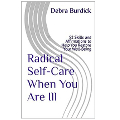
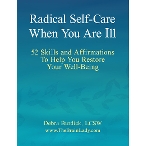
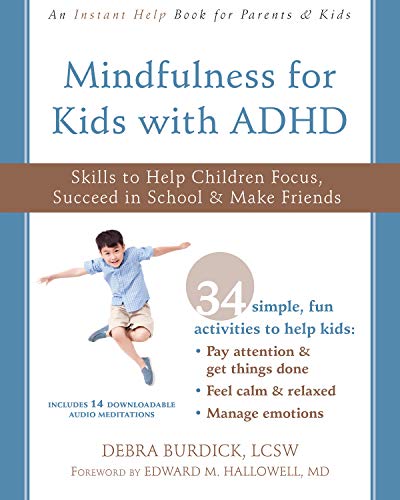
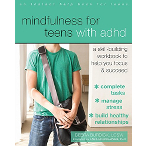
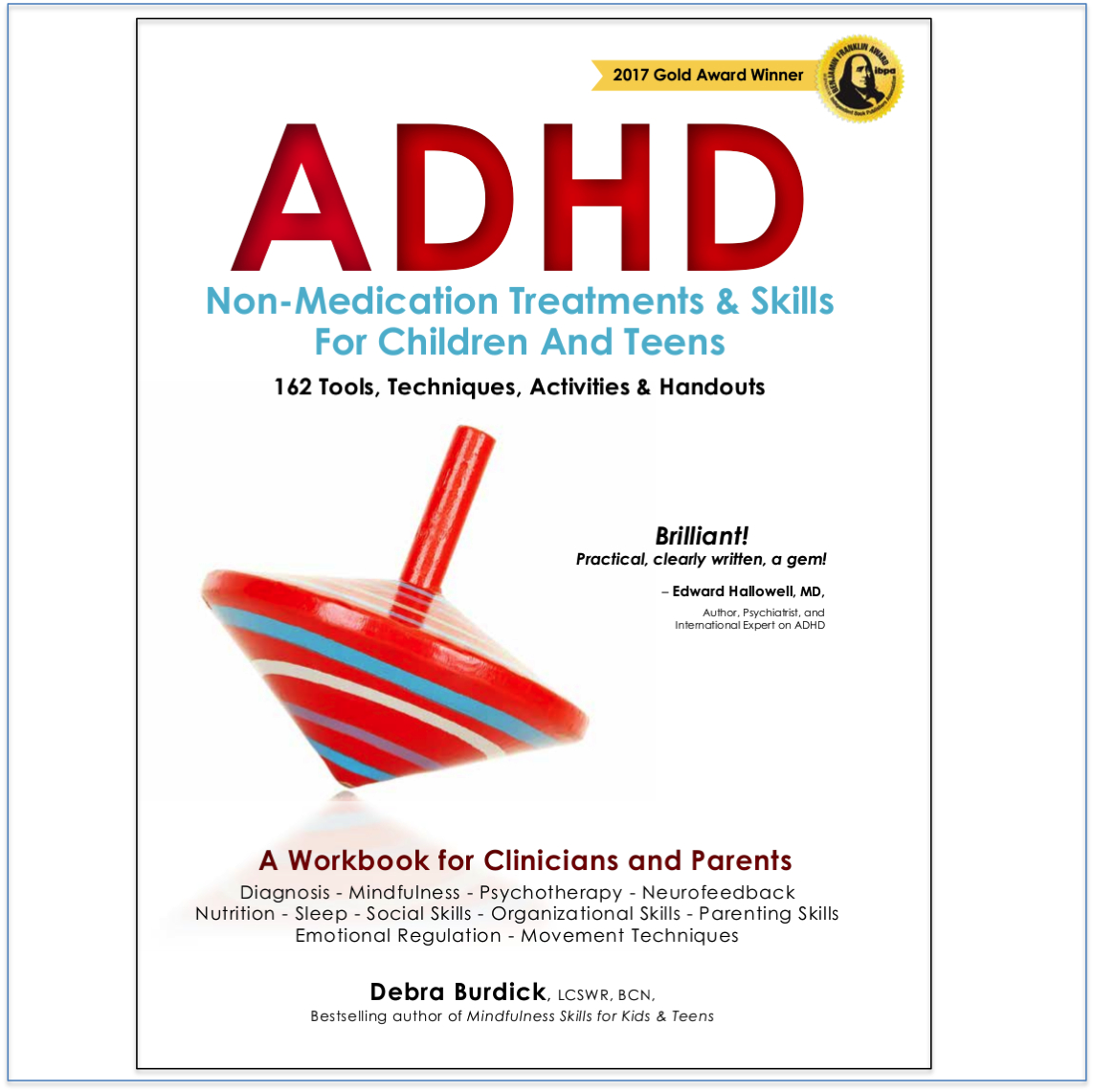
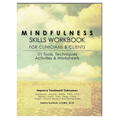
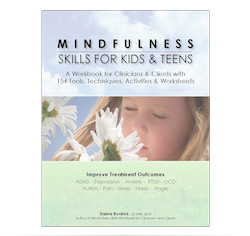
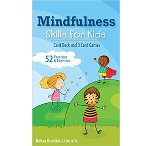
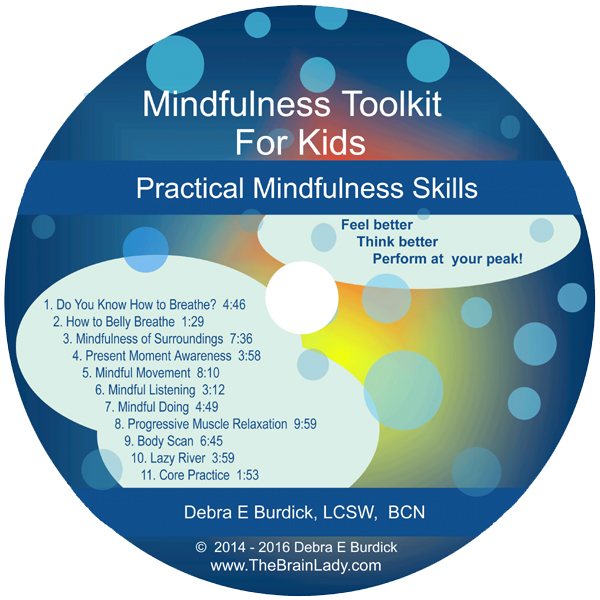
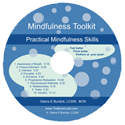
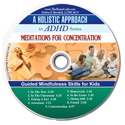
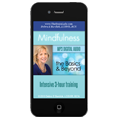
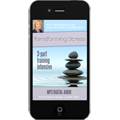
One comment
This is such a simple way to epliaxn meditation and I feel like everyone can fit it into their day; thanks for sharing it! I am going to try this today, and really focus in the now:-)
The comments are closed.